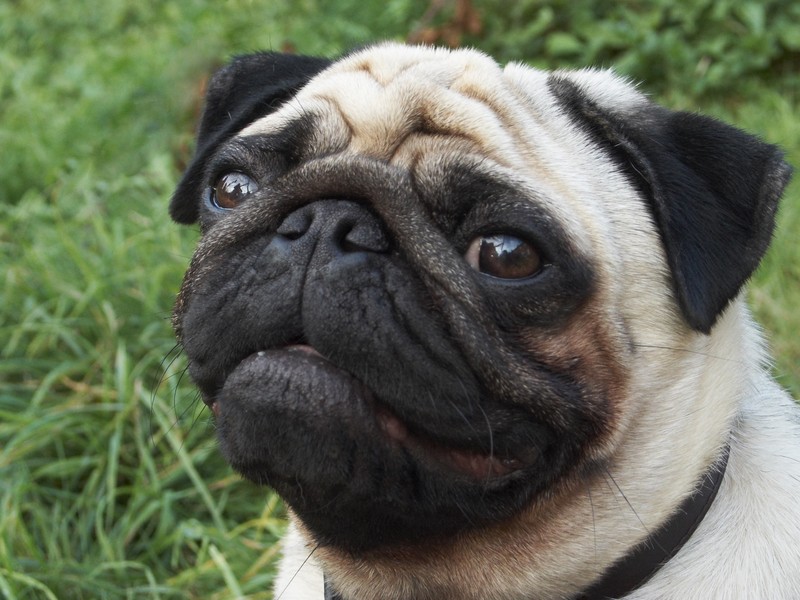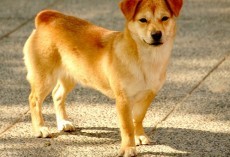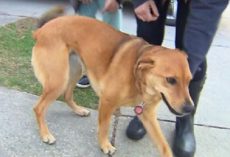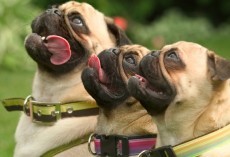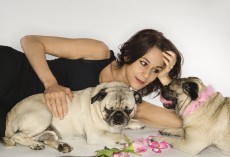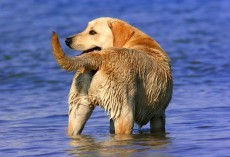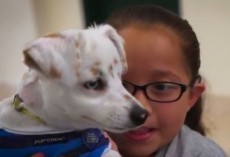Even though our dogs can't speak to us in the same way, they can still tell us so much. We have learned to recognize when they are happy, excited, hungry, and scared. Many of us wouldn't even think about it but their head may be telling us about their behavior too. The conclusions that researchers have come to will leave you amazed!
Researchers found out that:
Researchers in Australia set out to test the theory that the way a dog looks (its “morphology”) influences its behavior. Past studies have revealed, “… as height and weight decrease, many undesirable behaviours (non-social fear, hyperactivity and attention seeking) become more apparent.”1
The smaller the dog, the more likely he or she is to be fearful, high strung and needy. While we know this applies to some small dogs, like all generalizations of this sort, it certainly doesn’t apply to every small dog.
Past similar studies were based on dog owner surveys, this study involved trained observers and data from over 60,000 dogs and 45 different breeds.
The results obtained from the study generated some rather interesting media headlines, including this one from ABC News Australia:
“Snub-nosed dogs more affectionate and make better guard dogs, study suggests”
Like the ABC News piece, several media articles about the study, which was published in the journal PLoS One,3 suggest these positive attributes in dogs with short muzzles (brachycephalic breeds) may explain the growing “obsession” with short-nosed breeds in Australia, despite their significant health problems.
The researchers concluded the shape of a dog’s skull “strongly influences” behavior. They found short-nosed dogs were more likely to be affectionate and follow commands than dogs with longer muzzles.
The brachys also showed more interest in chasing toys dragged on the ground, which suggests they may be easier to train.
When they felt threatened, the short-muzzled dogs “… were more likely to have the characteristics of a good guard dog — demonstrating defensive aggression such as biting, barking and lunging at a human standing under a sheet, or a cardboard cut-out of a human.
According to McGreevy, dogs with longer faces responded in an opposite fashion, showing shyness, caution and less aggression toward strangers. “This helps explain why Greyhounds don't generally excel as guard dogs and Afghans tend to be aloof, less playful and more fearful than shorter-skulled dogs,” he said.
Another observation made by McGreevy is that brachys may be more appealing to humans because the unusual shape of their head means their eyes are more forward-facing and further apart than the eyes of dogs with longer noses.
He also theorizes their eyesight is “more like a human’s,” and they seem to be better able to follow a pointing finger than dogs with longer skulls.
Who would have thought that the shape of our dog's head could tell us so much about them? This might be why smaller dogs tend to be more afraid of things and may want more attention.
The reason our dogs behave the way they do may not just be because they are stubborn and only listen when they want to. Their shape of their head may have been making a big difference all this time. This news may make you look at your dog's head in a whole new way from now on!
To learn more about what the shape of a dog's head can say about them, please visit Healthy Pets.

